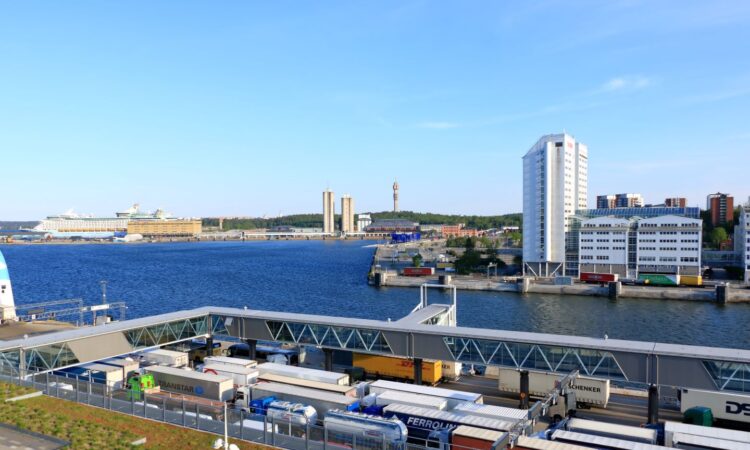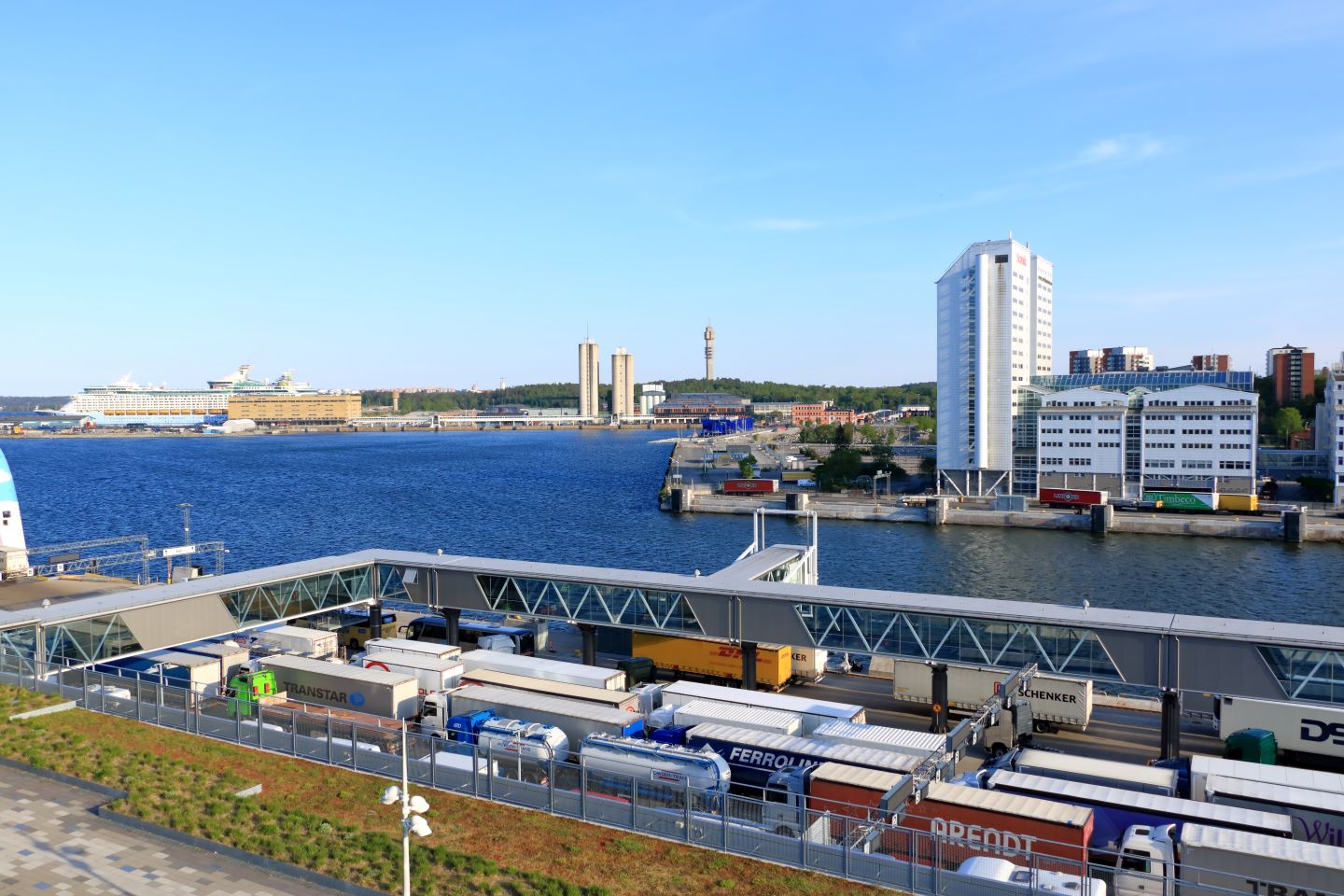

The Ports of Stockholm, the Freeport of Riga Authority, and the Riga Ropax Terminal have entered into a new agreement that seeks to lessen the impact of port activities on the environment in the regions surrounding the passenger terminals.
The Memorandum of Understanding (MoU) and the future collaborative project also seek to meet the EU’s “Fit for 55” objective of reducing net greenhouse gas emissions by at least 55% by 2030.
According to the Ports of Stockholm, the partnership will result in further climatic and environmental development of the passenger terminals located in the heart of the respective cities, as well as increased confidence in the return of maritime services between the two capitals in the future.
Clara Lindblom, City Councillor responsible for Ports of Stockholm emphasises the importance of the agreement for both capitals and how it aims at minimising the environmental impact.
“We are very much looking forward to working together with the Freeport of Riga Authority and Riga Ropax Terminal to tackle mutual challenges and explore development opportunities to minimise the environmental impact of cargo transport and passenger services at the Värtahamnen Port,” Lindblom said.
“Port terminals with central city locations are of major importance for the flow of both goods and passenger services. In the growing Stockholm, a well-functioning interface between city and port is extremely important”.
The Värtahamnen Port is one of the largest port areas in Stockholm that serves ferry traffic to Helsinki and Tallinn.
Additionally, the Riga Freeport Authority and the Riga Ropax Terminal have signed an MoU to increase connectivity between Riga and Stockholm and to build a completely new RoPax terminal in Riga.
Ansis Zeltins, CEO of the Freeport of Riga Authority stated the connection between both capitals and how this understanding aims to address future challenges.
“Riga and Stockholm have a very longgoing history of maritime ties. The development of environmentally-friendly and future-oriented passenger infrastructure, as well as the improvement of connectivity within our port, is a key strategic goal for Freeport of Riga,” Zeltins said.
“The signing of this MoU emphasises our joint effort to address existing and future environmental challenges, particularly in the scarce Baltic Sea region, while promoting the development of modern port infrastructure and building sustainable and ‘green’ passenger and freight services between our ports.”
Previously, there has been a reliable daily sea link between Stockholm and Riga, with RoPax services transporting both passengers and cargo.
Prior to 2020, the maritime route between Stockholm and Riga carried slightly over 700,000 people per year, but services were discontinued in the spring of 2020 due to a significant decline in passenger numbers caused by the Covid-19 pandemic, which rendered the route financially untenable.






